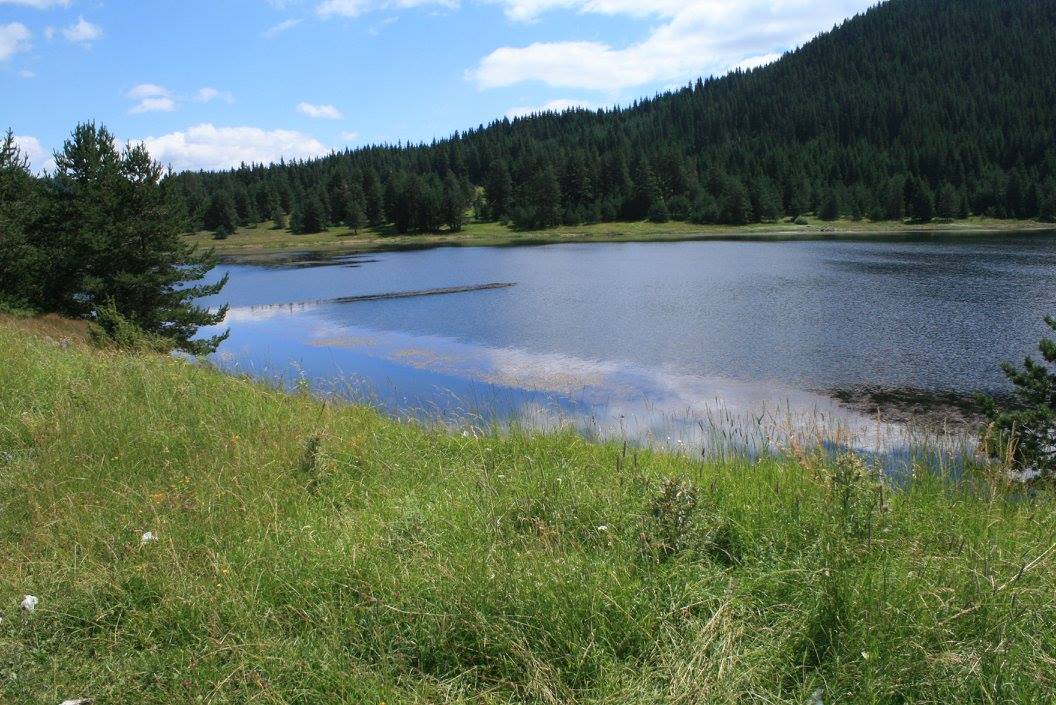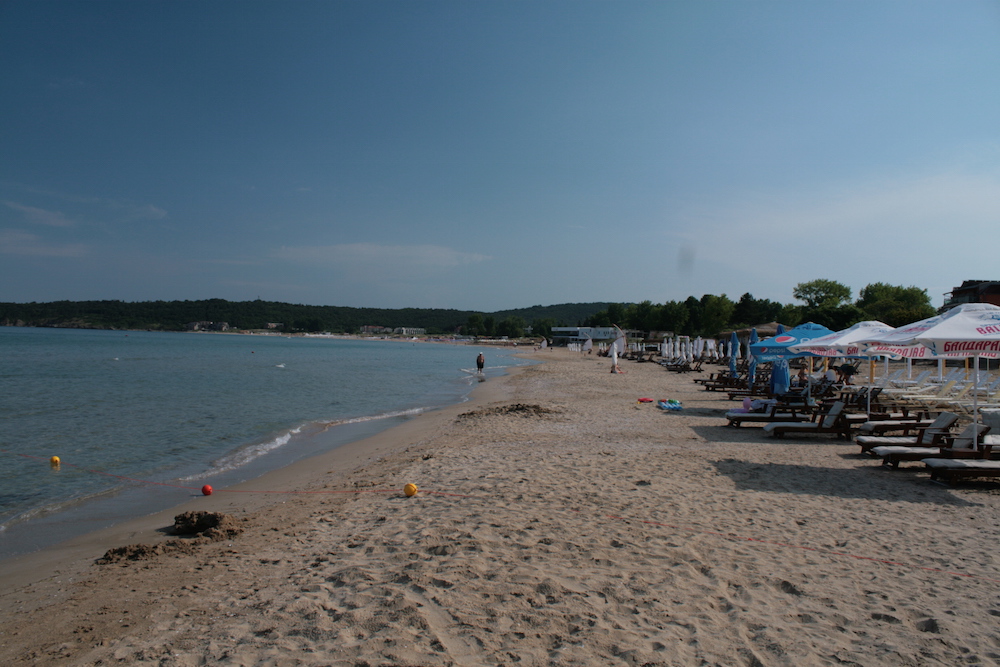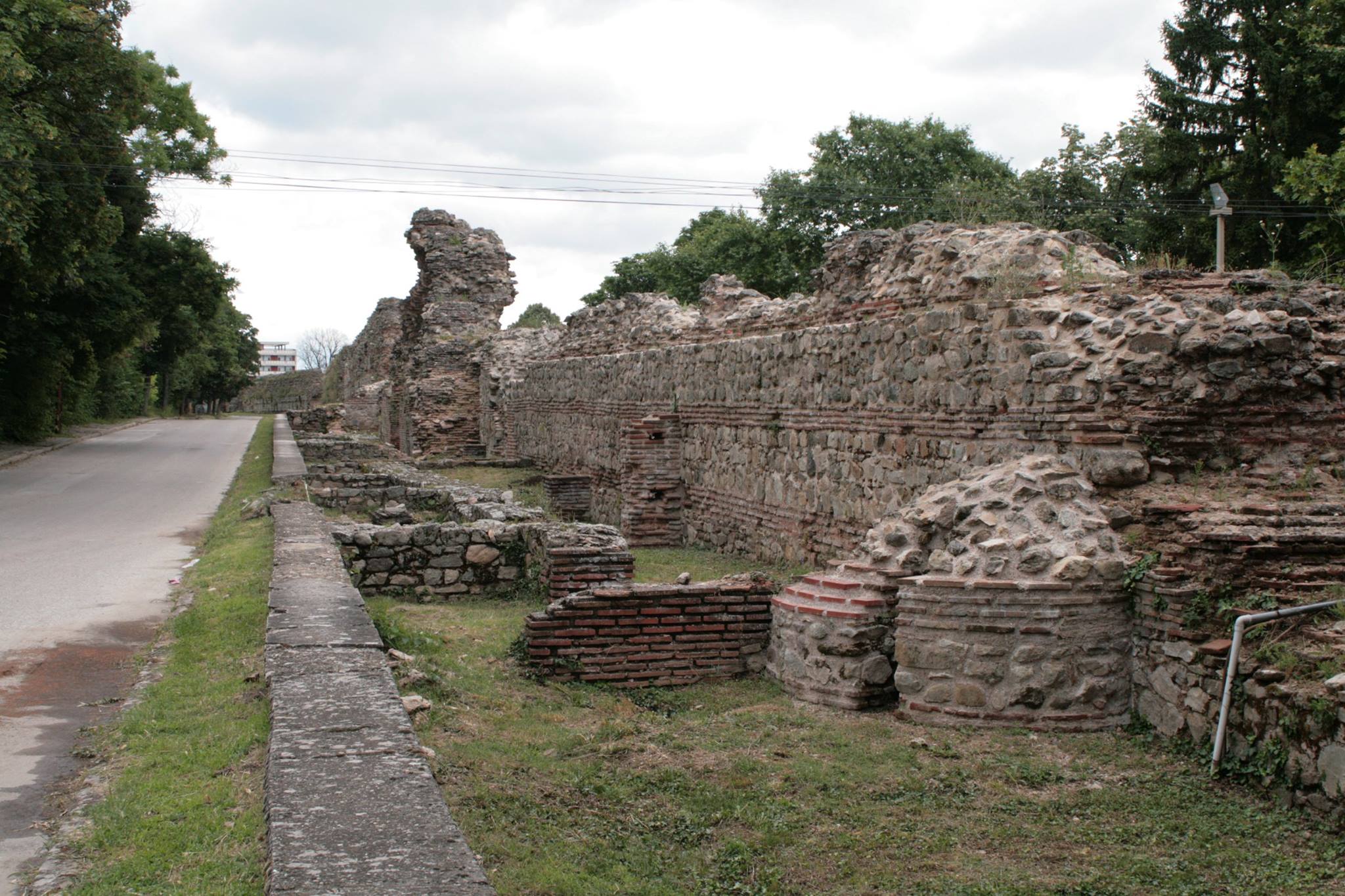
A few weeks back we took a trip to Hisarya, an old spa resort in central Bulgaria. It was about an hour and half drive from us.
It was a strange place, definitely worth a visit, but not really what we were expecting. The town was founded thousands of years ago because of the presence of over two dozen natural mineral springs.
Pre-historic remains have been found and it was then a Thracian city and then it fell to the Romans. It became a very important Roman provincial town and was a famous spa resort even in those times.
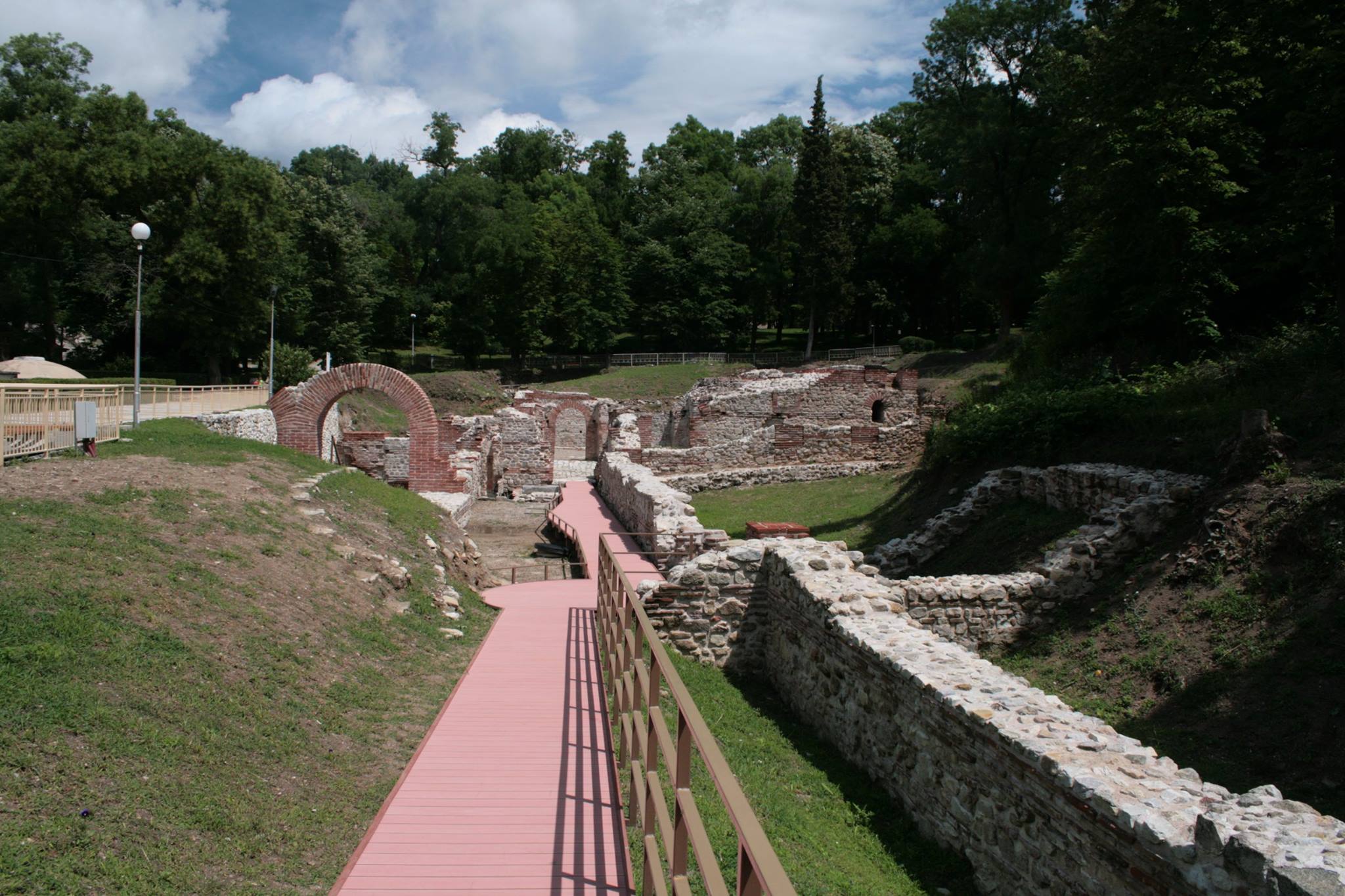
Today, it has a rather neglected feel. There are Roman ruins all over the place but mainly centred in one area that is easy to walk around.
You can park (seems for free) right by the main park where all the ruins are and there are a number of small restaurants in the area. We had the lunch menu in one and was very good with the bill being less than 10 levs for the 2 of us, including 2 drinks.
There is a little tourist train that you can take, which seemed to leave from the car park area every half an hour. But we chose to wander around at our own pace.
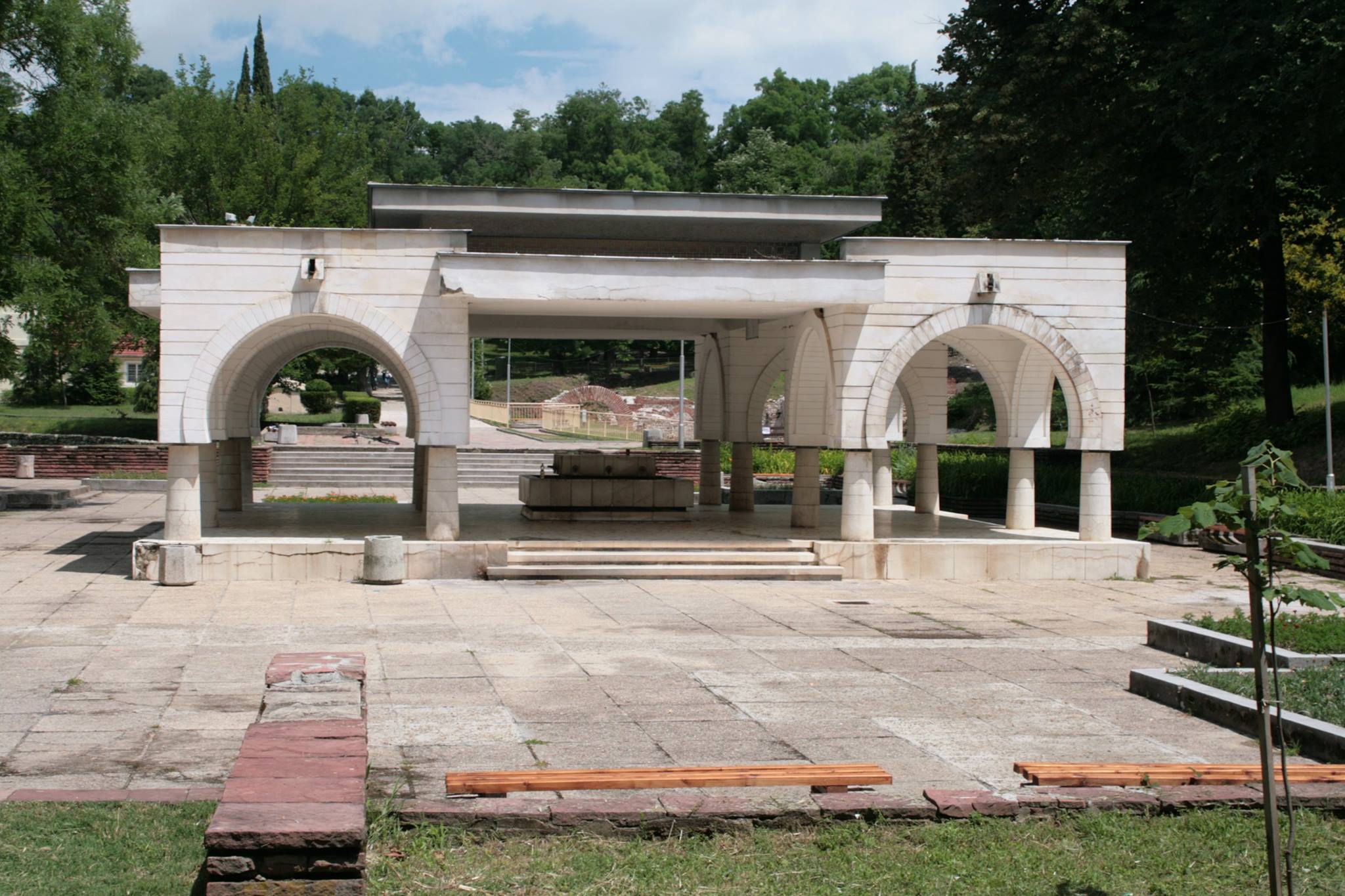
From this point you can walk down through the ruins, past the newly constructed walkway and where you can fill your water bottles (did say there was a charge but no one seemed to be paying), there are the remains of Roman public buildings, baths, a small amphitheatre and there are of course the remains of the Roman fortress, with massive thick walls around the old part of the town.
Following the fall of the Roman empire, the town fell into decline and this continued when the region was under the control of the Ottoman Empire.
Many of the buildings were torn down by local people to build their own properties in nearby villages. Once Hisarya became part of Bulgaria again in 1885, it started to prosper again as a spa resort for recreation.
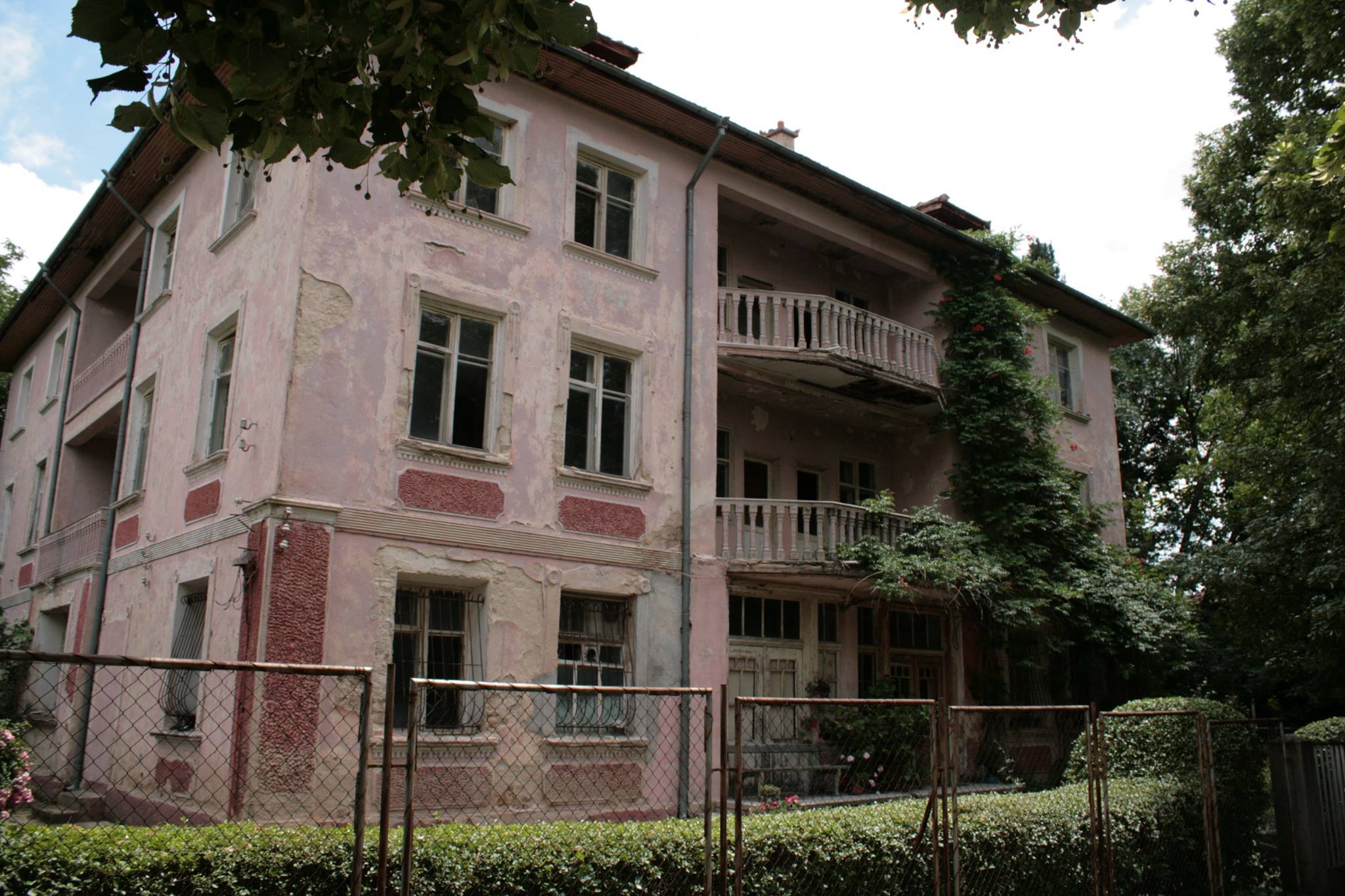
When Bulgaria became part of the European Union in 2007 various grants and renovation programs became available and the ruins were recovered and the central park area rejuvenated.
Since then new spa hotels and centres have been built. Yet walking around it still had the feel of being a place time had forgotten and it was hardly bustling with tourists. We hardly saw another person walking around the ruins.
There are some lovely old houses, just crumbling away, with vines and trees reclaiming the walls and finding their way inside through broken windows.
Just outside the main fortress walls, a path through the woods takes you to a Roman tomb. This is well preserved. It costs 2 levs per person to go inside and while not a vast amount to see, it is a great example of a stone tomb.


